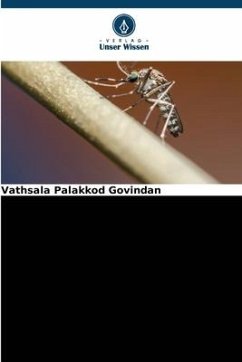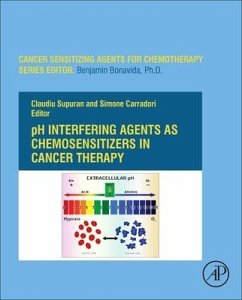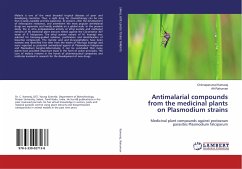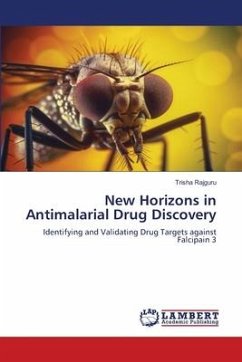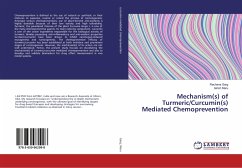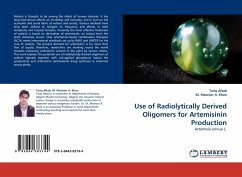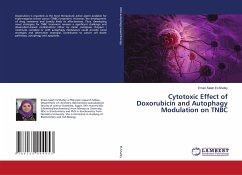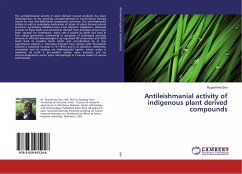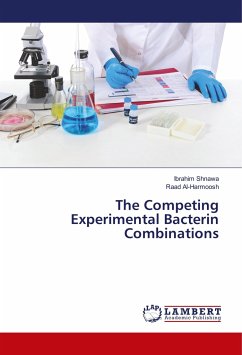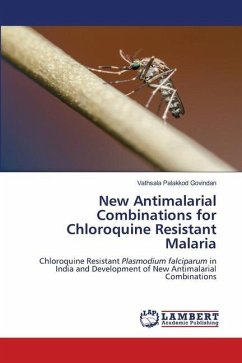
New Antimalarial Combinations for Chloroquine Resistant Malaria
Chloroquine Resistant Plasmodium falciparum in India and Development of New Antimalarial Combinations
Versandkostenfrei!
Versandfertig in 6-10 Tagen
52,99 €
inkl. MwSt.

PAYBACK Punkte
26 °P sammeln!
Malaria afflicts 300-500 million people in the world and the mortality ranges from 1-2 million, children in Africa being the most susceptible. With a vaccine not being available against malaria and the front line drugs such as chloroquine and antifolates registering widespread parasite resistance, the challenge of malaria treatment is a formidable task. While, research to discover new drugs has become essential, it has also become necessary to identify therapeutic strategies in the short-term. One approach is to examine whether known drugs used for other applications can be used to treat malar...
Malaria afflicts 300-500 million people in the world and the mortality ranges from 1-2 million, children in Africa being the most susceptible. With a vaccine not being available against malaria and the front line drugs such as chloroquine and antifolates registering widespread parasite resistance, the challenge of malaria treatment is a formidable task. While, research to discover new drugs has become essential, it has also become necessary to identify therapeutic strategies in the short-term. One approach is to examine whether known drugs used for other applications can be used to treat malaria. A second strategy is to look for natural compounds for antimalarial activity either singly or in combination. Combination therapy has assumed considerable importance in the context of artemisinin derivatives being the sole, tested, efficacious antimalarials left in the basket. A combination therapy with artemisinin derivative may prevent recrudescence due to monotherapy, extend the life of the drug and perhaps bring down the cost of therapy as well.



